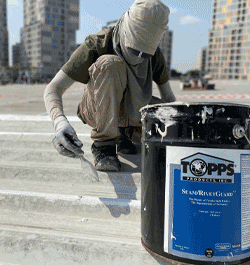UP TO THE MINUTE
Safety Tips by Cotney
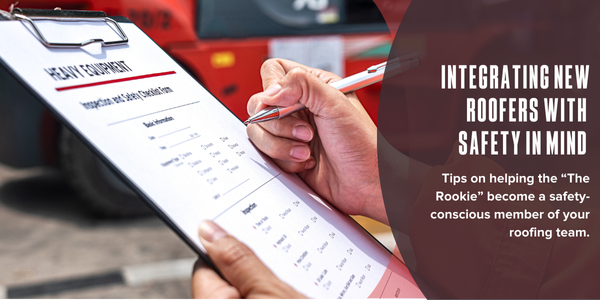
Integrating new roofers with safety in mind
By Cotney Consulting Group. Tips on helping the “The Rookie” become a safety-conscious member of your roofing team. No matter how long you've been in the roofing business, we all started as the “The Rookie” at some point. Unfortunately, new employees are at a greater risk of accidents, especially within their first ...
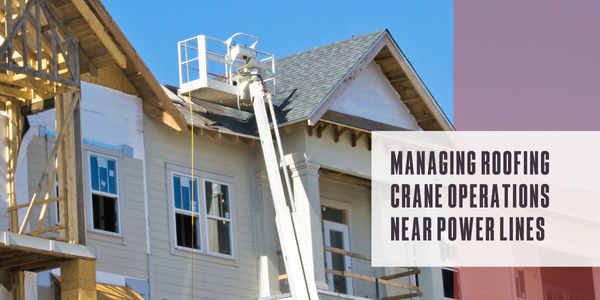
Safety first: Managing crane operations near power lines on roofing sites
By Cotney Consulting Group. Proactive safety measures and clear communication on the job site are vital in preventing accidents. Operating cranes near overhead power lines is a common necessity in roofing projects but poses significant electrocution risks. Proper planning, training and implementing safety protocols are crucial to protect workers and prevent accidents. ...
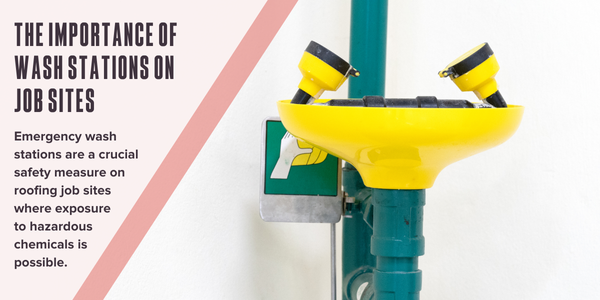
The importance of wash stations on job sites
By Cotney Consulting Group. Emergency wash stations are a crucial safety measure on roofing job sites where exposure to hazardous chemicals is possible. In the roofing industry, exposure to chemicals is often part of the job, whether it's working with adhesives, sealants or other hazardous substances. Even with careful planning and safety ...

Best practices for operating machinery on the job site
By Cotney Consulting Group. By implementing comprehensive training, emphasizing pre-operation safety checks, maintaining proper work attire and promoting an environment of focus and vigilance, contractors can significantly reduce the risk of machine-related injuries. Safety is paramount in the roofing industry, where heavy machinery and power tools are integral to daily operations. Improper ...

Why hard hats matter on the roof
By Cotney Consulting Group. Hard hats are more than safety requirements, they are a commitment to safety and professionalism. In the roofing industry, safety is paramount and protecting your head should be at the top of the list. Your head is home to your most vital functions: thinking, feeling, seeing, smelling and ...
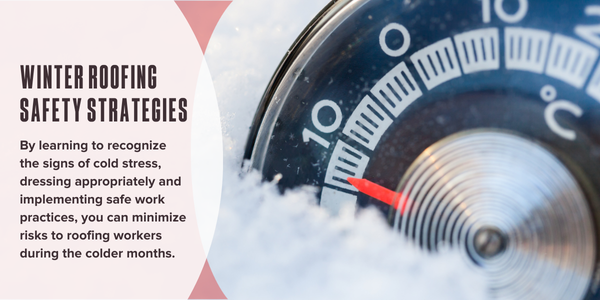
Winter roofing safety strategies to combat cold stress
By Cotney Consulting Group. Cold stress poses a serious risk to roofing workers during the colder months. However, by recognizing the signs, dressing appropriately and implementing safe work practices, you can minimize these risks. Cold weather poses significant risks to roofing workers, potentially leading to various injuries or health effects collectively known ...

Guide to burn treatment for roofing crews
By Cotney Consulting Group. Burns are a severe risk to the roofing industry, and understanding how to provide first aid for different types of burns is critical. Burns are a common hazard in the roofing industry, arising from exposure to hot surfaces, chemicals, electricity and other sources. The severity of burns can ...

How roofing contractors can foster a safer work environment
By Cotney Consulting Group. A successful safety program requires more than employee buy-in; it needs strong leadership. The construction industry poses unique health and safety challenges for workers, particularly roofing. According to OSHA, about one in five workplace deaths were construction-related. However, effective health and safety processes can minimize these risks and ...

Reducing liability with smart safety practices
By Cotney Consulting Group. As the close of 2024 roofing season approaches, now is the time to review and reinforce your safety protocols to ensure a secure work environment for your crew. Roofing is one of the most hazardous professions, with workers regularly facing risks like falls, burns from hot tar, electrocution ...

How to minimize repetitive motion risks
By Cotney Consulting Group. The impact of repetitive motion injuries on roofers and how to combat them. Repetitive motion injuries (RMIs) are a growing concern in the roofing industry. Whether using computers for administrative tasks, operating machinery or engaging in physically demanding labor, roofers risk developing RMIs due to repetitive movements, awkward ...













